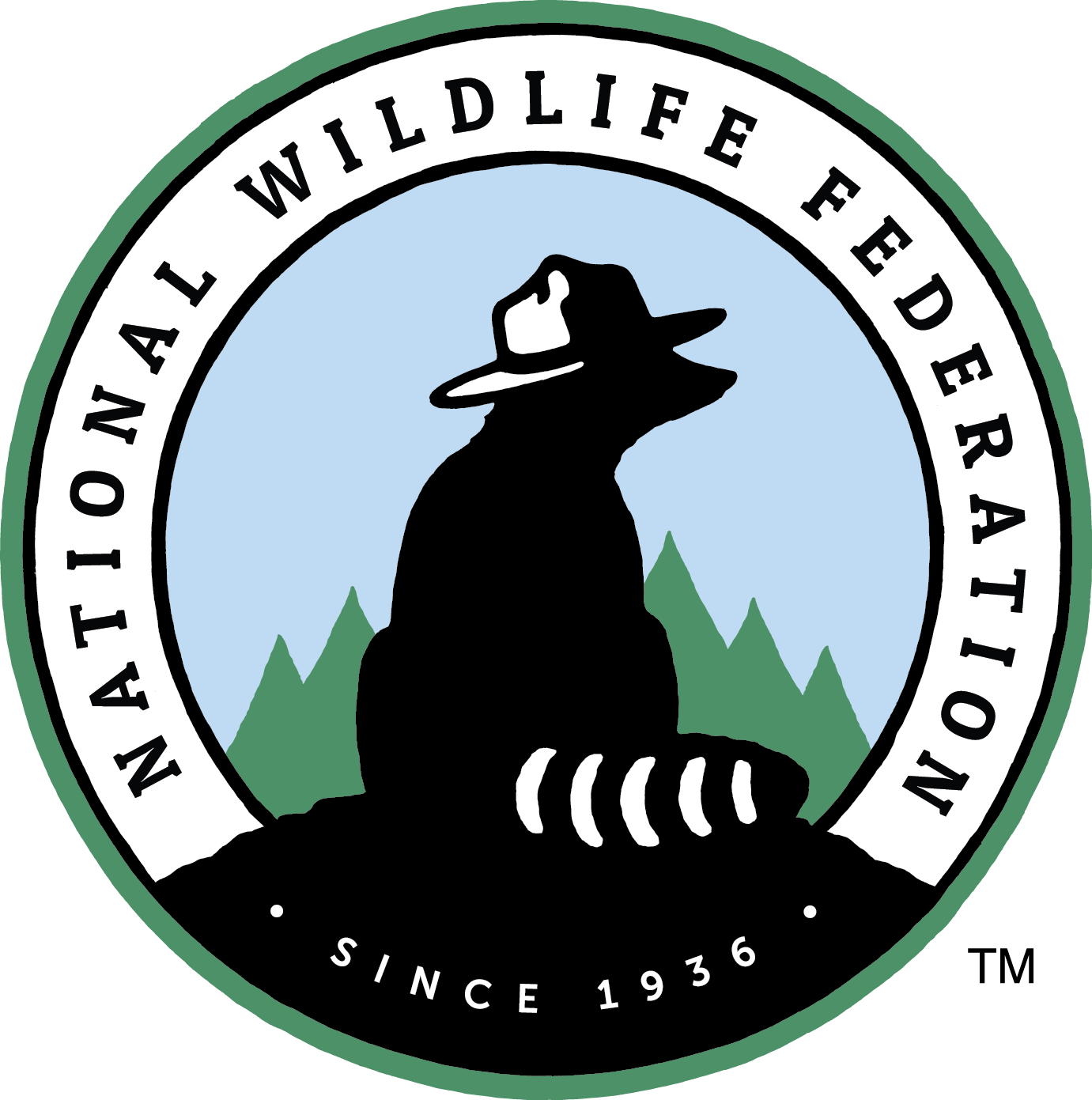Number 2018-04
WHEREAS federally supported crop insurance is the primary financial safety net available for agricultural producers, addressing risks among America’s farmers and ranchers; and
WHEREAS conservation on private farmland is critical to wildlife and their habitats; and
WHEREAS, rules in the crop insurance program that treat cover crops differently than any other farming practice act as a barrier, inhibiting farmers from adopting that practice; and
WHEREAS better alignment of crop insurance and science based conservation practices could result in improved conservation benefits on the landscape while improving the risk management capacity of crop insurance.
NOW, THEREFORE, BE IT RESOLVED that the National Wildlife Federation at its annual meeting assembled June 6-9, 2018 in Chantilly, Virginia, encourages the Risk Management Agency (RMA) to coordinate with NRCS and other agencies to better align crop insurance with conservation practices that support healthy soils, water quality and wildlife habitat, help remove barriers within crop insurance for farmers who want to adopt conservation practices, take steps to modernize the risk rating process to account for the impact practices have on risk, and update the Approved Production History formula to end the disincentive of removing marginal, low-yielding parts of farm fields from production; and
BE IT FURTHER RESOLVED that the National Wildlife Federation recommends adjustments to the federal crop insurance program that would allow management of all cover crop issues through the Good Farm Practices process with the possibility of using the current cover crop termination guidelines in that process. We recommend updating prevented planting guidelines to require farmers to plant a cover crop if they are unable to plant a crop before the final planting date to reduce risks in the next crop season caused by fallow conditions while providing habitat and water quality benefits; and
BE IT FURTHER RESOLVED that the National Wildlife Federation calls on the RMA to take steps to modernize the risk rating process. We call on RMA to open up the risk rating process to stakeholders to review the design to improve the accuracy of the risk rating system to better account for the risks of various practices that are not considered in the current risk rating process. For example, we encourage the creation of a pilot program or study that incorporates soil type data into risk ratings and assesses the correlation between soil type, tillage practices, crop rotation, and cover crops on crop yield variability.
